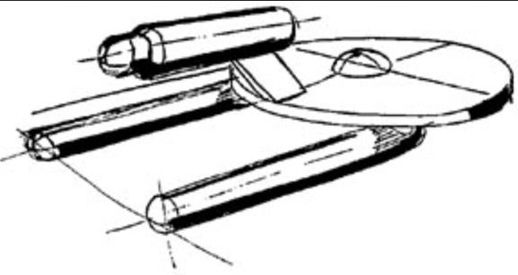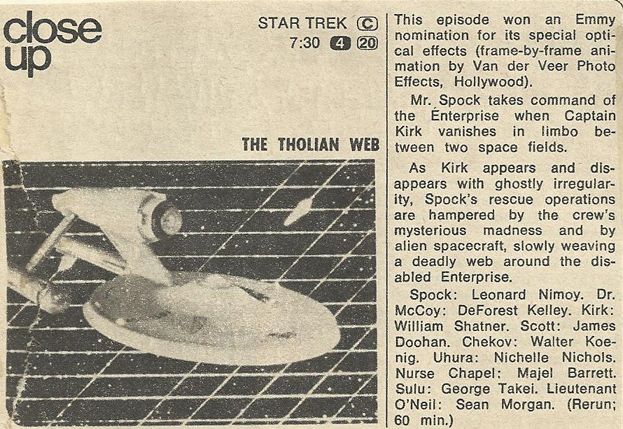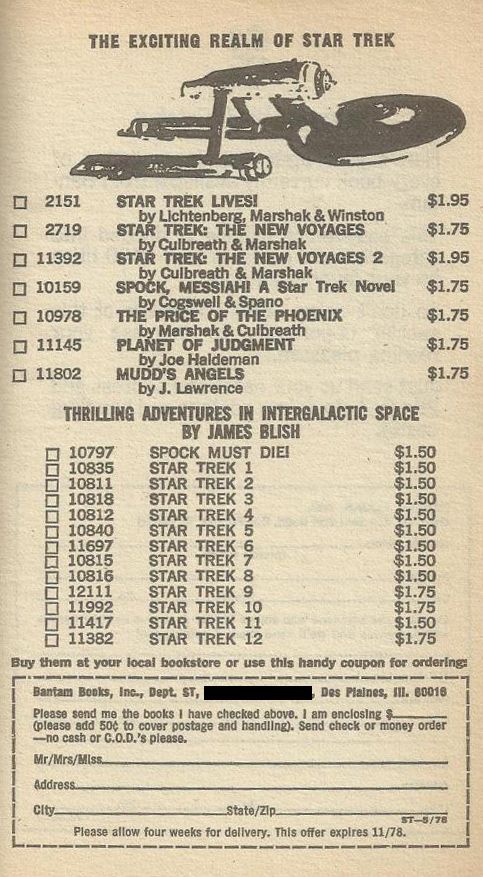You know how once upon a time, you'd see a picture of the Enterprise in a magazine or tv guide or something, printed upside-down?

Maybe that look could have worked. With some minor changes, such as flipping over the secondary hull for instance, this orientation seems to showcase the different shapes better. Sometimes the secondary "cigar-shaped" hull seems to get lost beneath the girth of the saucer. And maybe it's just my up/down gravity 'bias', but even the engine struts seem sturdier, somehow...

Maybe that look could have worked. With some minor changes, such as flipping over the secondary hull for instance, this orientation seems to showcase the different shapes better. Sometimes the secondary "cigar-shaped" hull seems to get lost beneath the girth of the saucer. And maybe it's just my up/down gravity 'bias', but even the engine struts seem sturdier, somehow...









